In this article
Your dog always needs access to fresh drinking water daily. If you have more than one dog, you might need to fill up their water dish more than once a day. Dogs drink water for the same reason we do: to quench their thirst for various reasons. However, if you notice that your dog is drinking far more water than usual, you might wonder if something could be wrong.
Many things can affect your dog’s thirst, including the ambient temperature and their activity level, but excessive drinking is also a common sign of medical problems. If you notice consistent and significant increases in the amount your dog is drinking, or they are showing any signs of being unwell, you should consult your vet as soon as possible.
Below are nine common reasons your dog may drink a lot of water.

What Is Polyuria and Polydipsia?
The medical term for excessive thirst is polydipsia (PD). Polyuria (PU), is excessive urine production. As you might expect, these two signs usually occur together, and veterinarians often abbreviate and refer to them as PU/PD.
Medical conditions that cause increased drinking in dogs most often cause the kidneys to make more dilute urine, which causes the dog to have increased thirst and drink more. The increased urine production usually happens first, and the increased drinking is to compensate.
Many conditions have increased thirst and urination as part of their clinical signs, so it is essential to consult your veterinarian for an accurate diagnosis and treatment. Under no circumstances should water ever be withheld from your dog.
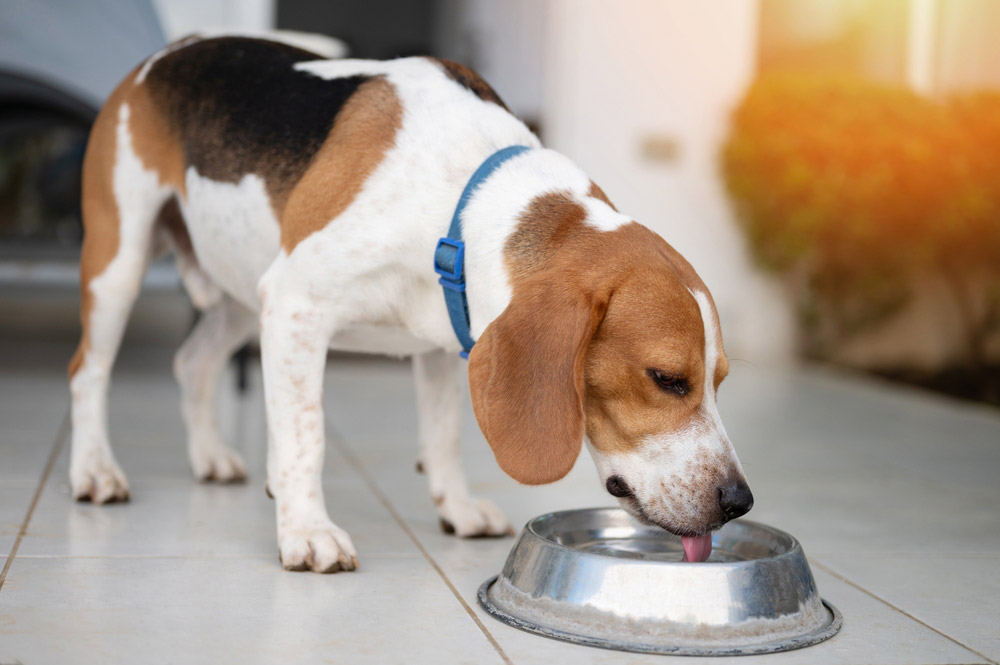
The 9 Common Reasons Your Dog Is Drinking a Lot of Water
1. Hot Weather and Increased Activity
Like with us, a temporary increase in your dog’s thirst can be due to warmer weather or exertion. Rather than sweating, dogs lose water and cool off primarily through panting, and they will drink more to replenish themselves. It’s essential to ensure they have readily available clean, fresh water.
It’s also important to be aware of the signs of dehydration in dogs.
- Dry Gums: The gums should be moist rather than tacky or sticky.
- Skin Tenting: You can check for dehydration by gently pulling up some of the loose skin on the neck and then releasing it. If a dog is dehydrated, it will take longer for the skin to go back to its original position.
- Dry Nose: When your dog is dehydrated, they may have a dry nose.
- Sunken Eyes: Sunken eyes are a sign of very severe dehydration.
- Lethargy: Dehydrated dogs may become weak and lie around.
If you notice any signs indicating your dog is dehydrated, contact your vet immediately.
If you need to speak with a vet but can't get to one, head over to PangoVet. It's our online service where you can talk to a vet online and get the advice you need for your pet — all at an affordable price!
2. Diet
Changes to your dog’s diet can also cause them to drink more. Dry food contains much less water than canned foods, so if your dog is eating solely or mainly dry food, they will need to drink more to stay hydrated. Another reason for drinking more is if your dog has ingested salty foods or snacks, especially human foods like potato chips.
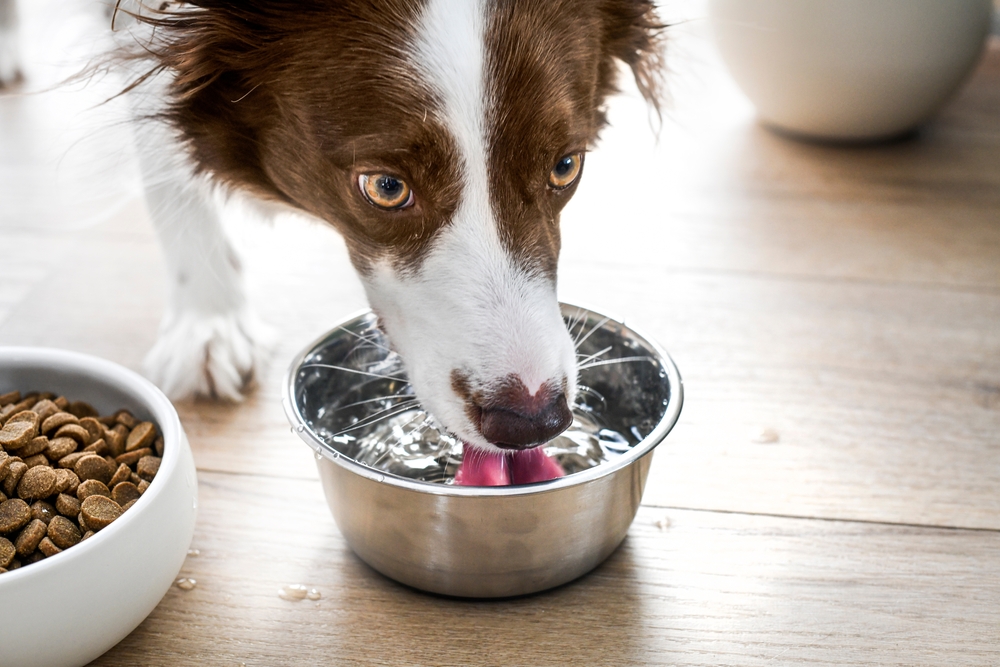
3. Diarrhea or Vomiting
One common reason your dog might be drinking more than usual is that they are compensating for fluid loss due to diarrhea or vomiting. Like humans, dogs can experience stomach issues that cause runny bowel movements or vomiting. Even if they have an upset stomach for just part of the day, it can encourage them to drink more water.
Unfortunately, diarrhea and vomiting are common signs of illness, parasites, and other issues. The dog could have eaten something outside, like feces, dead animals, or garbage. If the dog has had diarrhea for more than 24 hours or is showing other signs of being dehydrated or unwell, your vet should be contacted.
4. Medication
Another reason your dog might be thirsty is a medication side effect. Your veterinarian should have discussed some of the adverse effects of medications, but it can be hard to remember all the possible side effects.
- Diuretics
- Anti-seizure medications
- Steroids
This is not an exhaustive list of medications that could lead to excessive thirst, so it is best to speak to your veterinarian.
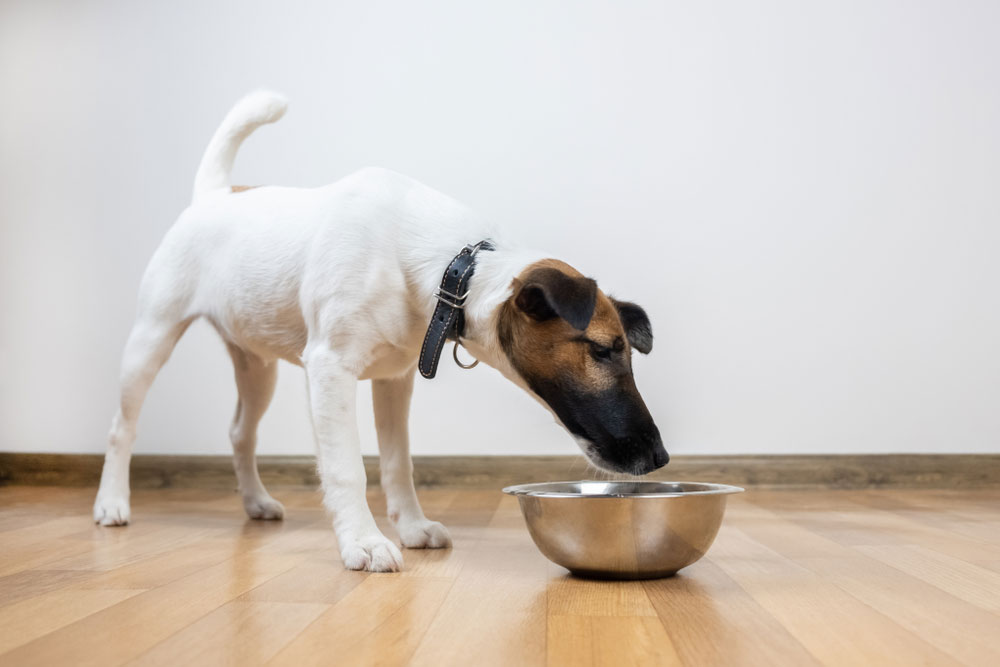
5. Kidney Failure
Also known as renal failure, kidney failure prevents the kidneys from concentrating urine effectively. Larger amounts of more dilute urine are passed, and dogs have increased thirst and drink more water to try and replace lost fluids.
6. Diabetes Mellitus
Diabetes Mellitus is a disease in which the body does not produce a sufficient amount of insulin, causing glucose levels to rise. As the body tries to get rid of the excess sugar in the urine, the individual affected will urinate more frequently, resulting in more drinking.
If you think your dog might be diabetic, you can also look for the following signs (in addition to excessive drinking) and contact your vet straight away:
- Lethargy and weakness
- Ketotic breath
- Diarrhea or vomiting
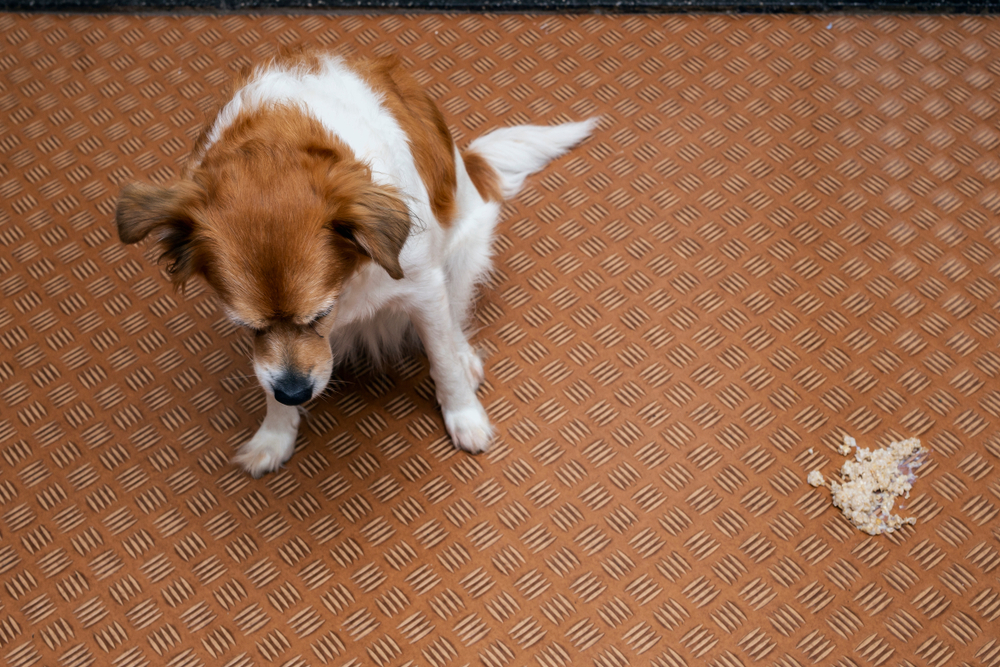
7. Cushing’s Disease
Cushing’s disease is when there is an overproduction of the stress hormone cortisol. This is more common in older dogs aged 7 to 12. Cushing’s disease can lead to a multitude of signs along with drinking and urinating more, including increased appetite, a “potbelly,” lethargy, thin skin, and hair loss.
While Cushing’s disease can happen to any breed, some are more predisposed to it, like American Staffordshire Terriers, Boxers, Boston Terriers, Dachshunds, and Poodles. So, particularly if you have one of these breeds, they are over 7 years old, and you notice they are urinating and drinking more than usual, you should reach out to your vet to see if they want to conduct a full assessment on them.
8. Ingesting Toxins
As we mentioned, if your dog eats something they should not have, it could lead to an upset stomach. However, your dog might have ingested something more serious, leading to an increase in drinking. Ingesting NSAIDs, grapes and raisins, rat poison, or an excessive amount of vitamin D can lead to kidney failure. These are not the only toxins and dangerous items that can cause polydipsia.
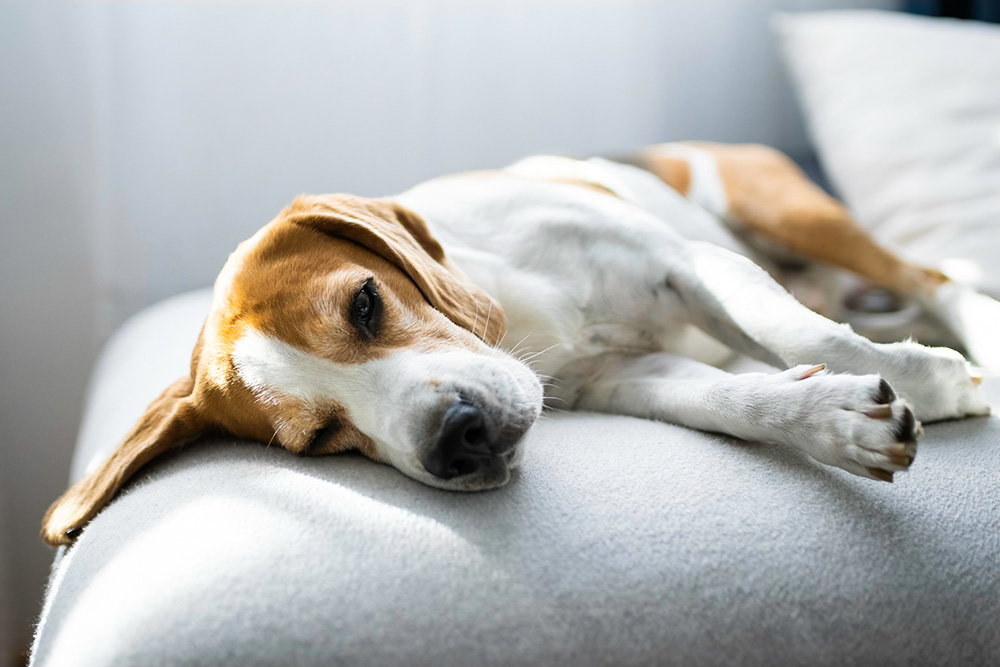
9. Pyometra
If you have an unspayed female dog, they are at risk of pyometra, which is a life-threatening infection of the uterus. The infection affects the kidney’s ability to retain fluid, leading to your dog peeing more often than usual. The increase in urination will lead to more drinking. If you notice your unspayed female dog is drinking excessively, has pus in the vulva, and is lethargic, you should seek emergency veterinary treatment.

How to Test for the Cause of Polydipsia in Your Dog
There is no home test to determine the cause of polydipsia in your dog. There are many reasons for excessive thirst, and our list is not exhaustive. The most important thing to do is note any uncommon signs—in addition to an increase in urination and drinking—so you can bring this information to your vet. You can also measure your dog’s water intake over 24 hours, and your vet may request a fresh urine sample.
Your vet will most likely start with a head-to-toe clinical examination. Next, they may perform diagnostic tests, such as urinalysis, full blood count, ultrasound, and radiographs. These tests, along with taking a detailed history, will help the veterinarian find the underlying cause and propose medications or treatments.

In Conclusion
Dogs need water to stay hydrated and should be given free and unfettered access to fresh drinking water at all times. Ideally, you should monitor your dog’s water intake to detect any changes quickly and know when they’re drinking too much or too little.
Water consumption levels can be a good indication of health, and increased drinking may be caused by something as simple as elevated heat or exercise levels, but it can also be a sign of something more serious.
- Related post: My Dog Is Drinking More Water Than Usual in the Winter
Featured Photo Credit: Soho A Studio, Shutterstock
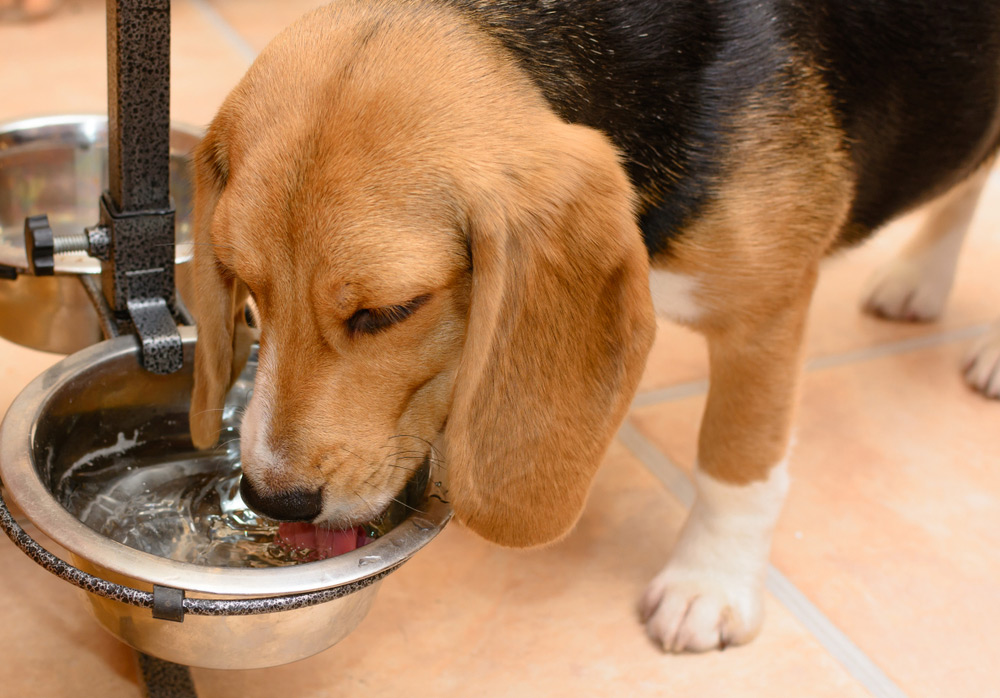










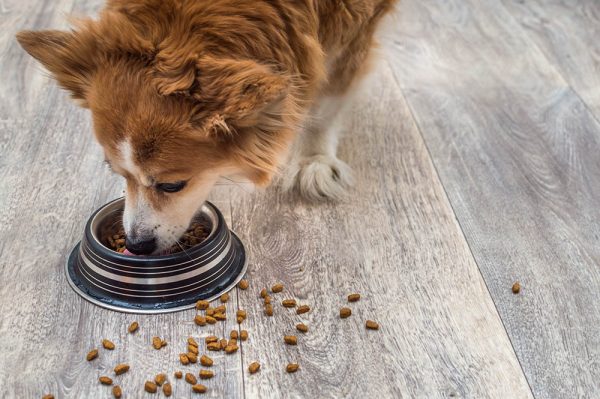

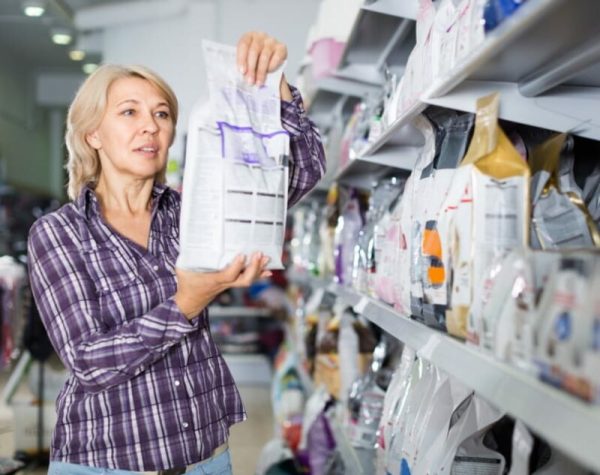


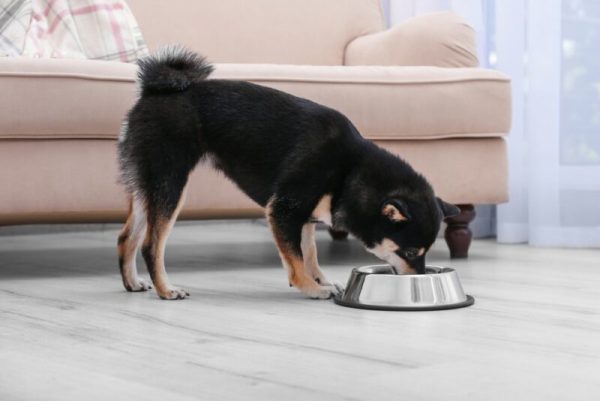


2 Responses
HI THERE!
Our dog has reached a fairly old age and is drinking loads of water,problem is he's started urinating when he shouldn't,in the house!!
we are not rich people,in fact am pensioners,relying on our state pension only,but we are above the line where we could get help through any organisation to help with Vet's fees!!
HAS ANYONE ANY HELPFUL SUGGESTIONS??
We have insurance,but it doesnt cover normal vets visits !!
THANKYOU.
IAN GITTINGS
Hi Ian, thank you for reaching out. I'm sorry to hear about your poor pup. When a dog starts drinking more water, it’s common for them to urinate more frequently as well. This is often seen in older dogs and can be caused by several underlying issues, such as urinary tract problems, hormonal imbalances, or kidney issues.
The sooner the cause is identified, and treatment begins, the better the chances of managing the condition effectively and potentially reducing costs in the long run. Since you have insurance, it might be worth contacting them to see if they would cover the investigation of the underlying cause of the excessive drinking and urination. I hope this helps! 🙂